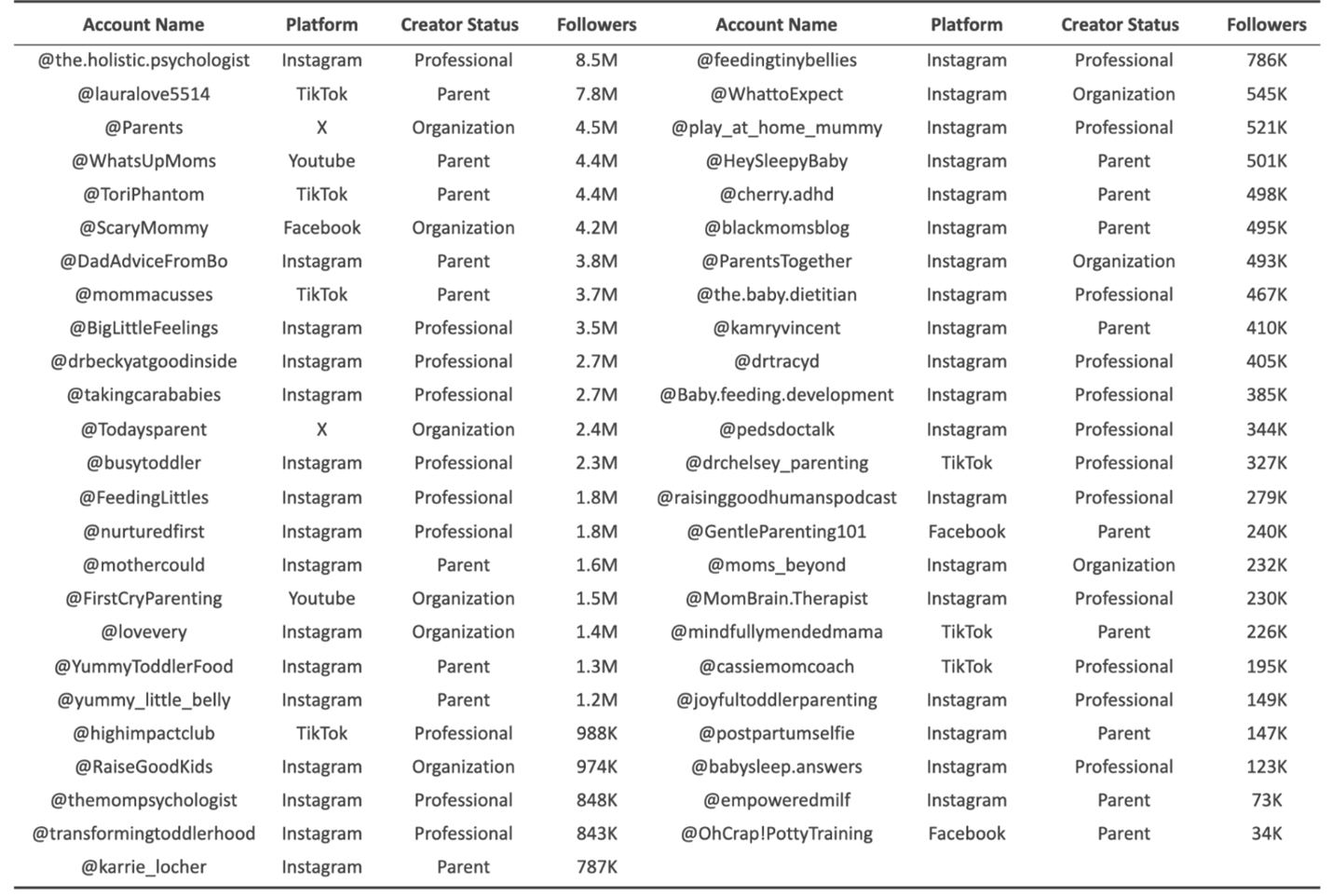General Pediatrics 1
Session: General Pediatrics 1
701 - Relational Health Anticipatory Guidance for the Digital Age: Analyzing Social Media Content to Enhance Family-Centered Communication Strategies
Friday, April 25, 2025
5:30pm - 7:45pm HST
Publication Number: 701.6428
Abril Z. Coselino, Children’s Hospital of Philadelphia, La Plume, PA, United States; Ahmed Hubbi, Childrens Hospital of Philadelphia, Philadelphia, PA, United States; Melina Bocanegra, Childrens Hospital of Philadelphia, WEST CHESTER, PA, United States; Sakina Adamali, Childrens Hospital of Philadelphia, PHILADELPHIA, PA, United States; Danielle Sands, The Children's Hospital of Philadelphia, Oreland, PA, United States; Danielle Erkoboni, Childrens Hospital of Philadelphia, Blue Bell, PA, United States

Danielle C. Erkoboni, MD, MSHP (she/her/hers)
Assistant Professor of Clinical Pediatrics
Childrens Hospital of Philadelphia
Blue Bell, Pennsylvania, United States
Presenting Author(s)
Background: Families consider pediatric primary care providers trusted messengers on child health, development, and well-being. With social media emerging as an increasingly popular platform for guidance on these topics, understanding successful strategies employed by content creators is central to meeting families’ evolving needs.
Objective: This study systematically analyzed characteristics of parenting content creators on social media to identify key features that resonate with parents, aiming to inform family-centered pediatric messaging strategies.
Design/Methods: A qualitative analysis was conducted on parenting-focused social media accounts across Facebook, Instagram, TikTok, X and YouTube. Accounts were selected based on criteria, including web-based recommendations, follower counts, and parent endorsements. Content was coded (k>0.8) for visual elements, communication approaches, and thematic content to identify patterns of successful engagement with parent audiences. Bivariate analyses were conducted to examine associations between coded elements.
Results: 931 posts were analyzed across 49 accounts (Table 1); Instagram was the dominant platform for parenting content (71%). Creators comprised professionals (45%), parents (37%) and organizations (18%). Content predominantly featured informal language (92%), positive tone (89.8%) and prescriptive communication style (80%). Vivid colors (90%) and imagery (76%) were most often used. Key content types were advice (89.8%) and relatable content (79.6%), with prominent topics being parenting challenges (80%), parental support/self-care (57%) and health/well-being (53%). Statistical analysis revealed significant associations between creators with professional affiliations and child development (p < 0.001) and technology (p=0.002) content, while parent creators were more associated with diversity/inclusion content (p=0.001). Comedy and satire content was more significantly correlated with parent creators (p < 0.001, p=0.003). While experience-based information correlated with both professionals and parents (p < 0.001), professionals alone were correlated with unsubstantiated information (p=0.008).
Conclusion(s): This study reveals critical insights into effective social media communication strategies for pediatric health information. The findings demonstrate the importance of informal, visually engaging, and experience-based content in reaching parent audiences. These results can directly inform the development of more effective digital communication strategies for healthcare providers, which can fundamentally shift how they communicate with families in the digital age.
Table One
 Parenting social media platforms characteristics (n=49)
Parenting social media platforms characteristics (n=49)
